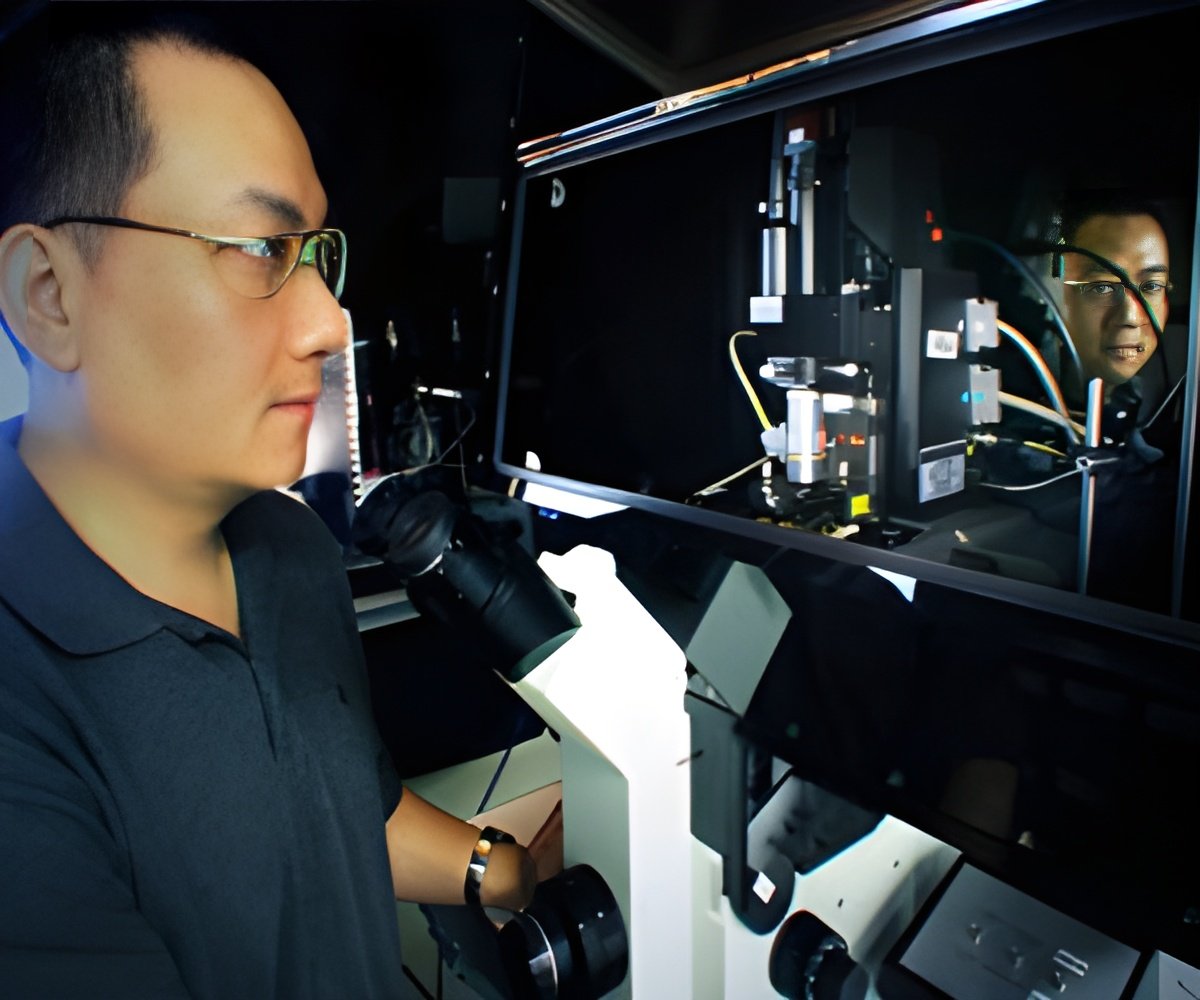
The common, rigid printed circuit board is slowly being replaced by a thin ribbon of resilient, high-performance electronics.
"Basically, we are using a hybrid technology that mixes traditional electronics with flexible, high-performance electronics and new 3-D printing technologies," explained Benjamin J Leever from the Air Force Research Laboratory at Wright-Patterson Air Force Base.
With this technology, we can take a razor-thin silicon integrated circuit, a few hundred nanometers thick, and place it on a flexible, bendable or even foldable, plastic-like substrate material, he informed.
To allow electronics to be bendable or stretchable, the team has turned to liquid gallium alloys as an electrical interconnect material.
The result is thin, foldable material that allows the circuitry to fit into extremely tight spaces and even to be integrated into complex curved surfaces, such as an airplane's wing, or even a person's skin.
Advertisement
The researchers are also developing the same approach to monitor pilots' health.
Advertisement
The system would be embedded on a flexible, wearable patch and would include an antenna to transmit these biometric signals to the pilot or a ground team.
Another military application the Air Force is pursuing is use of a flexible hybrid system in "bunker buster" bombs, which detonate after penetrating deep in the earth.
In the civilian world, Leever foresees use of flexible systems to monitor the conditions of bridges and other types of infrastructure in real time.
Researchers will provide an update on the latest technologies at the national meeting and exposition of the American Chemical Society (ACS) this week.
Source-IANS









